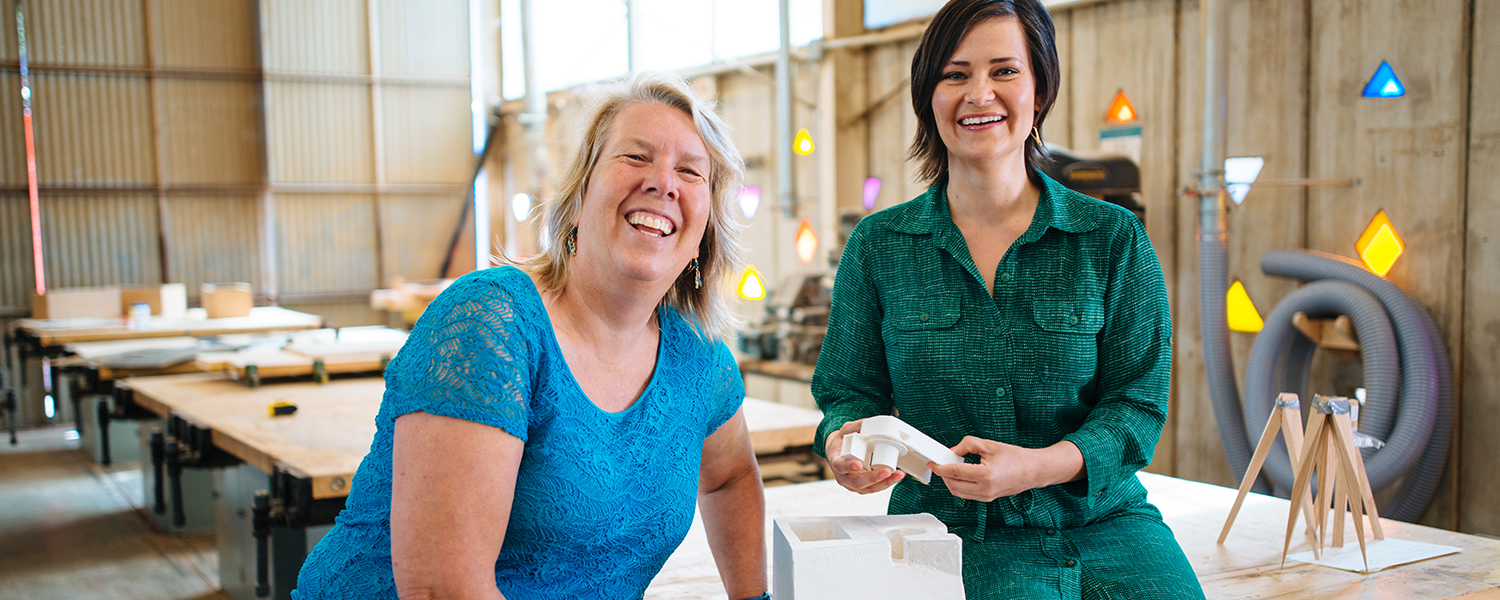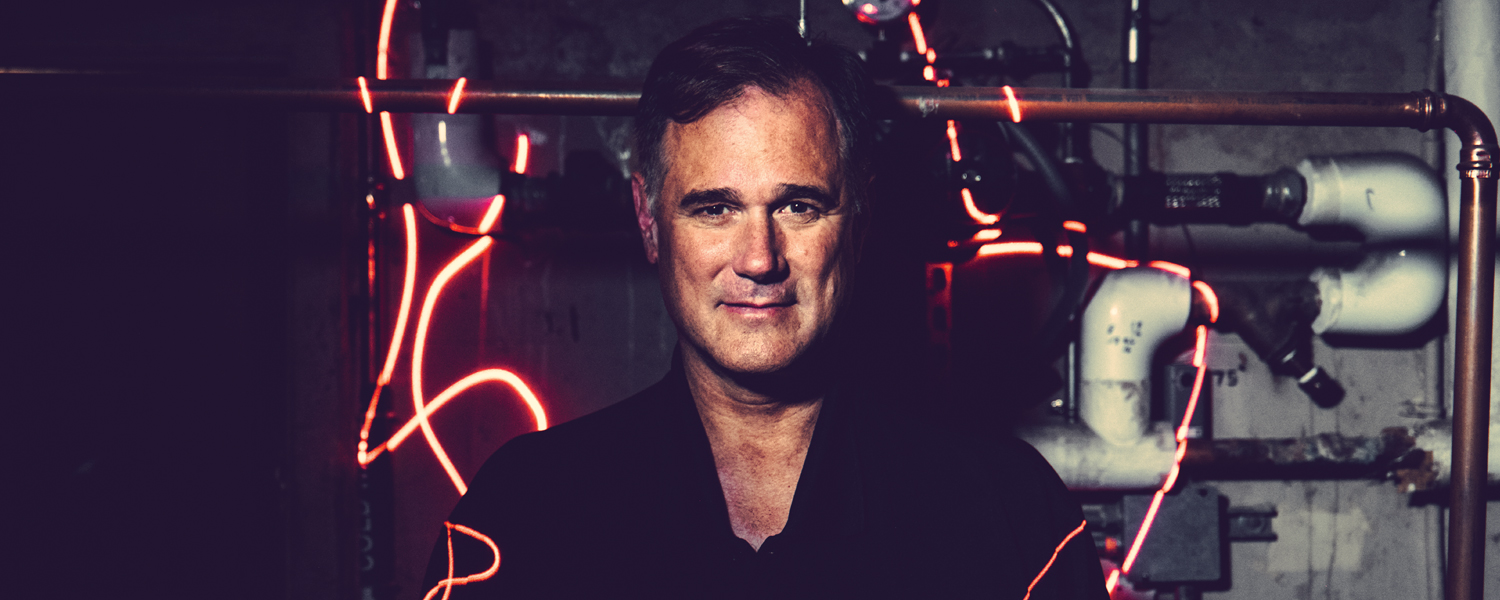CAL POLY NEWS
Clearing the Air
By Becky Zieber

This year a Cal Poly architecture professor and four undergraduate students received a patent for the Breathe Brick, an innovative wall system that improves air quality by passively removing particles from the air through internal cyclones.
The design was the product of an interdisciplinary partnership between architecture Professor Carmen Trudell, engineering Professor Tracy Thatcher, and a team of students representing architecture, environmental engineering and mechanical engineering.
Trudell got the idea as a graduate student working on a design project in Cairo, Egypt. While trying to find ways to lower air toxicity, she found inspiration in an industrial hygiene textbook. “We flipped to the page about cyclones, and there was this diagram that made perfect sense for what we wanted to do.”
After receiving a grant in 2012 from the College of Architecture and Environmental Design’s Planning, Design and Construction Institute, Trudell went on the hunt for a design team. “Carmen had the idea for the project, and since my specialty is air quality, we got chatting about it,” said Thatcher. “I was able to connect her with potential environmental engineering students to be on the team.”
The variety of disciplines involved in the project was critical to its success. “We were able to think about things from a different angle and come up with ideas that perhaps neither of us would have thought of alone,” Thatcher said.
Student assistants and researchers helped create testable prototypes for the project. “This interdisciplinary team of Cal Poly students carried the work to functioning prototypes with experimental data that corroborated our predictive models and showed that Breathe Bricks are a viable technology,” Trudell said.
They hope to use the bricks in areas with high particulate loading caused by both natural processes like dust storms and manmade processes such as industrial and vehicular emissions. The goal is to improve air quality and reduce energy consumption, all while creating a beautiful architectural building façade.





